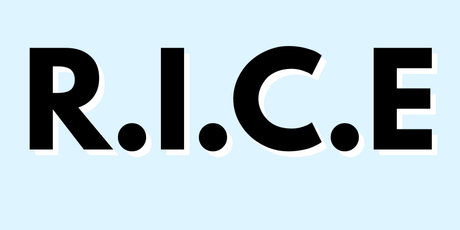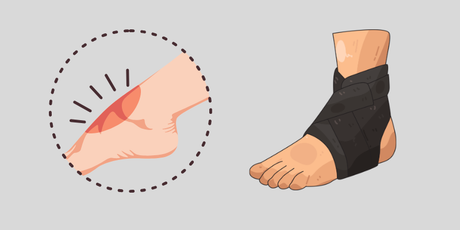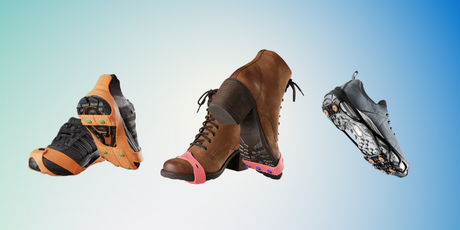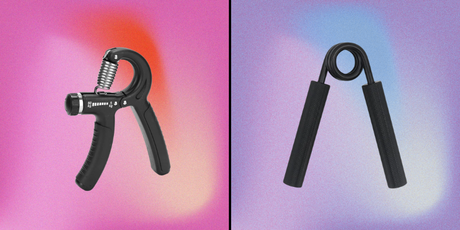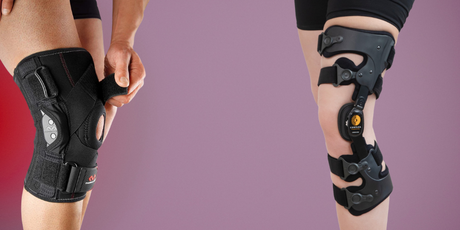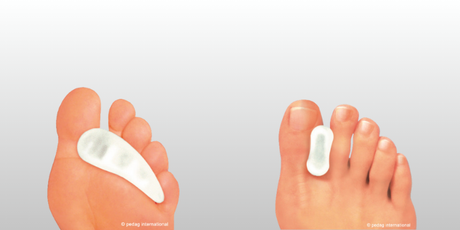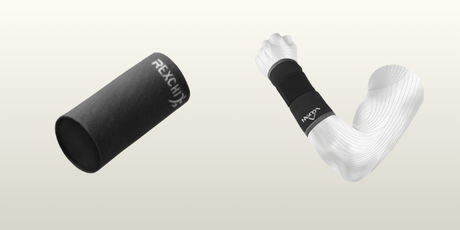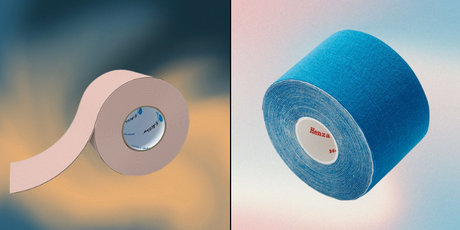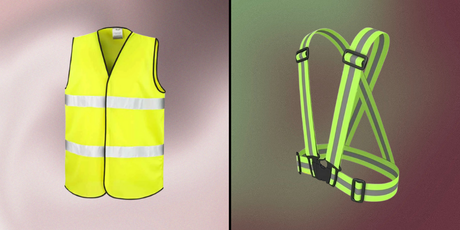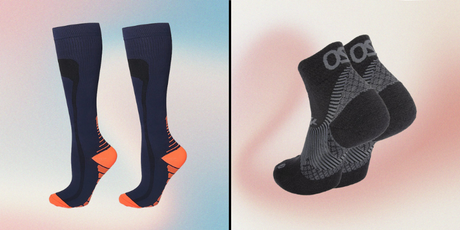Varicose veins
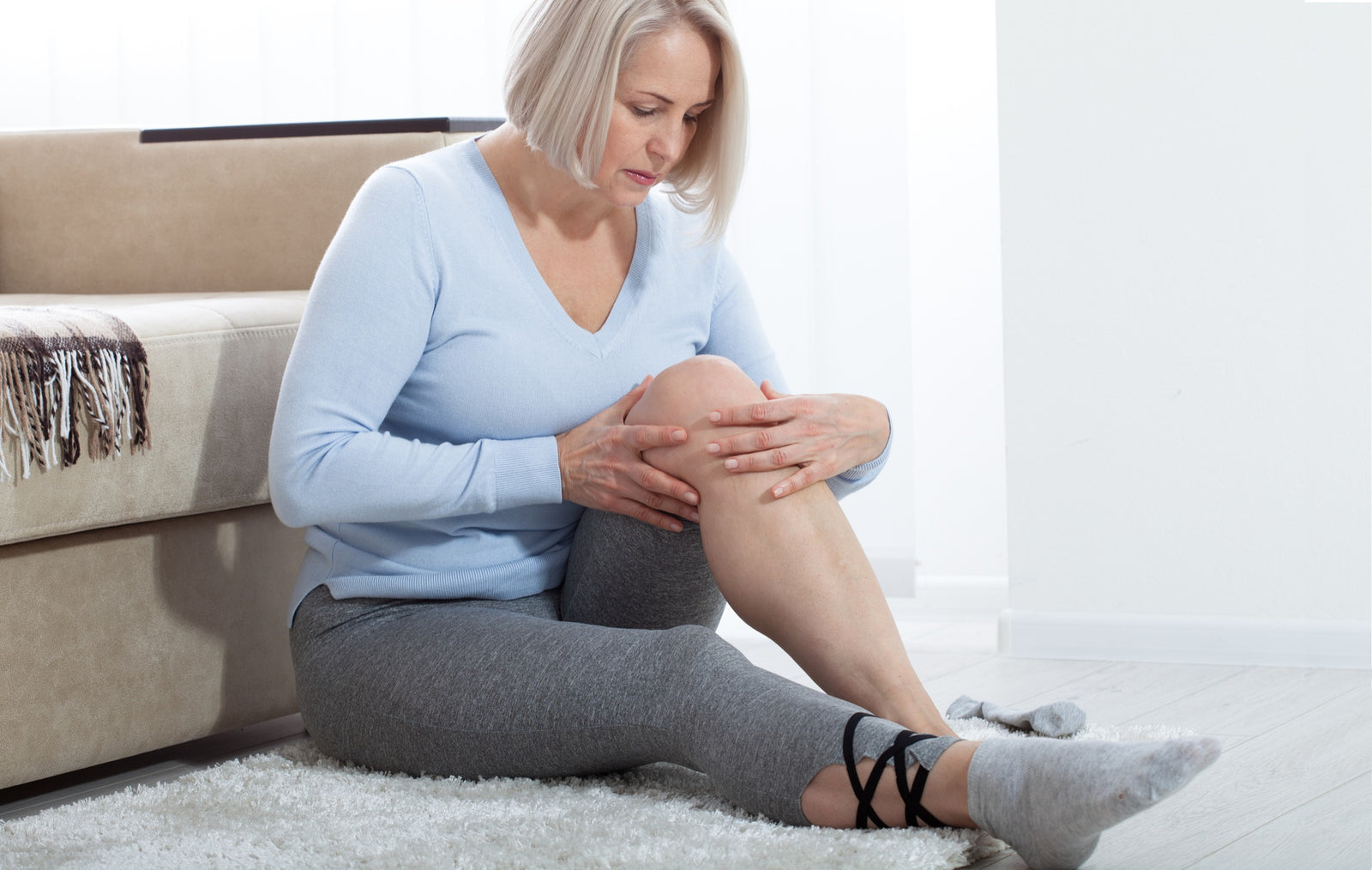
In addition to heredity and pregnancy, obesity can contribute to varicose veins, as can changes in female sex hormones and hypoxia in the veins. Hypoxia means that the tissues in the body have a lack of oxygen. Dilated, shallow and tortuous veins are the most common symptom of varicose veins and the degree of discomfort is individual. Some people are not bothered at all while others want to treat the condition. In addition to the visible veins, there are other symptoms that can cause more physical discomfort. Swollen feet and ankles, itching, tension and, in some cases, pain can occur. For some sufferers, there is an impact on blood circulation which can lead to various complications.
The treatment of varicose veins is mainly aimed at relieving symptoms and discomfort. This is best done through compression therapy where compression stockings, bandages or other products designed for pressure are used. How effective the treatment is varies from individual to individual. There are also major interventions available, such as varicose vein surgery, injection treatment, laser treatment, electrocoagulation or foam treatment, but there is no real evidence today on how effective these treatments are. Compression stockings, or in other words support stockings, are primarily recommended to increase the pressure and damage the diseased veins so that they shrink and eventually disappear.


